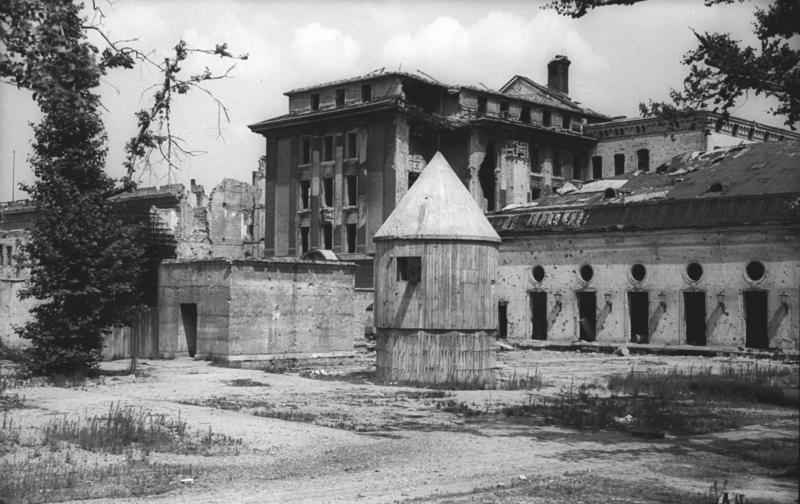A Calendar is a system of organizing units of time like events based on Hours, Days and Years to calculate and compute the seasonal information. Here we all of us use it for social, religious, commercial and administrative purposes. Today the whole world uses the “Gregorian Calendar”.
Gregorian Calendar is the one commonly used which is also called as Western or Christian Calendar.
It is first proposed by an Italian Astronomer & Chronologist “Aloysius Lilius” which was later reformed by German Mathematician and Astronomer “Christopher Clavious”. Then the baptism occurred in 1582 on the name of Italian Pope of Catholic Church “Pope Gregory XIII” then it remains the internationally accepted Civil Calendar to this day.
Samvat Calendar – Ancient Indian Calendar
We are so much into an English Calendar that somewhat we lost the touch of our own Ancient Calendar System so we will discuss our heritage now.
There are two Ancient Indian Calendars –
- Vikram Samvat Calendar
- Shaka Samvat Calendar
Both the calendars are based on Lunar Months and Solar Years.
- Vikram Samvat Calendar:This is the calendar established by King Vikramaditya of Ujjain and it is believed that it follows the victory of King over the Shakas in 56 B.C. The calendar starts with the first day of Kartik follows Diwali (Oct-Nov) the festival of Lights in India. It is 56.7 years ahead from the Gregorian Calendar means in order to ascertain the Vikram Samvat Year one has to add 57 years to current Gregorian Year. It is the official calendar of Nepal called as “Bikram Samvat” and in India also it is followed in Western region of India.
- Shaka Samvat Calendar:Shaka Samvat is believed to be based on the celebration took place at the crowning of Shalivahan King in the 78 A.D. Gudi-Padva (March-April)indicates the starting day of this calendar and it is considered as official Indian calendar means accepted by Government of India on 22nd March 1957 then after as per our Constitution it is our India’s National Civil Calendar. It begins with the Vernal Equinox of the year 78 A.D. that means in order to compute the Shaka Year one has to subtract 78years from the current Gregorian year.
Let us ascertain the Sam vat Years as per the Current Gregorian Year (2014) –
Current VikramSamvat Year: 2014 + 57 = 2071
Current Shaka Samvat Year: 2014 – 78 = 1936
Before going further we will simplify some terms which sounds tough –
Lunar Months – Alunar month is the amount of time Moon takes to pass through each of its phases (New Moon, Half Moon, and Full Moon) and then return back to its original position. This process takes 29 days, 12 hours, 44 minutes and 3 seconds for the Moon to complete one Lunar Month. It is also called Synodic month which we all follow.
Sidereal & Tropical Months – Both are the average period of revolution of the Moon around the Earth in reference to a fixed star or an Equinox Point. Both are slightly shorter than Lunar Months. A sidereal month lasts 27.32 days and lunar/synodic month lasts for 29.53 days.
Solar Year–The period of time required for the Earth to make one complete revolution around the Sun, measured from one Vernal Equinox to the next. It is like a one Seasonal Year from one Summer Solstice to another or from one Vernal Equinox to another. It equals to 365 days, 5 hours, 48 minutes and 45.51 seconds precisely (means 365.24 days), it is also called an Astronomical Year or a Tropical Year.
Sidereal Year – A Sidereal Year is the time Earth takes around the Sun to return to the same position but with the reference to a fixed star. The Sidereal Year is almost 20 minutes longer than the Tropical Year. Remember what we read about Sidereal month just the same logic is also used for Sidereal year too.
Equinox–Equinox means “Equal Light”, it is the point where Sun is positioned above the Equator. So on the Equinox point the length of the Day and Night is about Equal. Usually on 20th/ 21st March the Sun crosses directly over the Earth’s Equator and this moment is known as the “Vernal Equinox (Spring Equinox)” in the Northern Hemisphere and the same moment is called “Autumnal Equinox” for the Southern Hemisphere. A second Equinox in a year occurs on the 22nd or 23rd September where the things are exactly opposite for Hemisphere means this moment becomes Vernal for Southern and Autumnal for Northern Hemisphere.
Solstice – Solstice means “Sun Stoppage”, it also occurs twice a year when the Sun is at its greatest distance from the celestial Equator. In the Northern Hemisphere, the “Summer Solstice” occurs on 20th/21stJune when the Sun shines directly over the Tropic of Capricorn and the “Winter Solstice” occurs on 21st/22nd December when the Sun shines directly over the Tropic of Cancer. In the Southern Hemisphere, the Winter and Summer Solstices are reversed.
The Winter Solsticemarks the Shortest Day and the Longest Night of the year. After the day of Winter Solstice the days begin to grow longer and the nights shorter.
I can understand you all might be thinking that it is turning into an Astronomy Class but believe me the importance of Equinox and Solstice is very immense to ascertain the seasonal information and understand the basic formation of Calendar System.
Now we will see how the Samvat Calendar is sweetly designed in reference to the Gregorian Calendar.
Months of the Shaka Samvat (Indian Civil Calendar) Correlated with Gregorian Calendar :-
| Indian Months | Days | Indian Seasons | Gregorian Date | Gregorian Seasons | Special Characteristics |
| Chaitra | 30 | Mar-22 | Vernal Equinox | ||
| Vaishaka | 31 | Vasant | Apr-21 | Spring | |
| Jyeshtha | 31 | May-22 | |||
| Ashadha | 31 | Grishma | Jun-22 | Summer | Summer Solstice |
| Shravana | 31 | Jul-23 | |||
| Bhadrapad | 31 | Varsha | Aug-23 | Monsoon | |
| Ashwin | 30 | Sep-23 | Autumnal Equinox | ||
| Kartik | 30 | Sharad | Oct-23 | Autumn | |
| Margashish | 30 | Nov-22 | |||
| Paush | 30 | Hemant | Dec-22 | Fall Winter | Winter Solstice |
| Maagh | 30 | Jan-21 | |||
| Phalgun | 30 | Shishir | Feb-20 | Winter |
Other Calendars:
- Julian Calendar (Gregorian is derived from Julian Calendar)
- Hebrew Calendar
- Mayan Calendar
- Islamic Calendar
Likewise there are many calendars and every calendar has some own calculation.
The purpose of this article is to create awareness about our own calendar system which was designed in such a precise manner where Hours, Minutes and Seconds considered into calculation. This is the legacy of our great Astronomers & Mathematicians – Varahmir & Aryabhatta, they were par excellence and their knowledge & discoveries which they had done long ago are still widely known in the world. The whole Indian Vedic Astrology is methodically designed on our own Calendar System.
I hope the essence of the topic is clear and it would be useful for everyone in understanding the complexity of calculation of the Calendar.

 Follow
Follow




